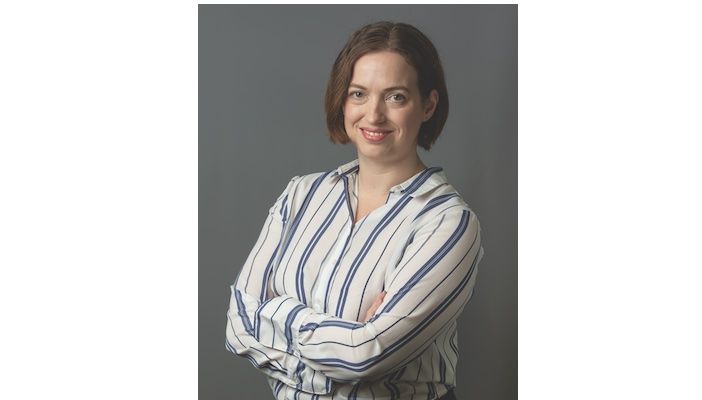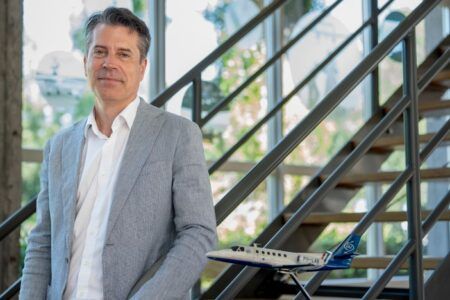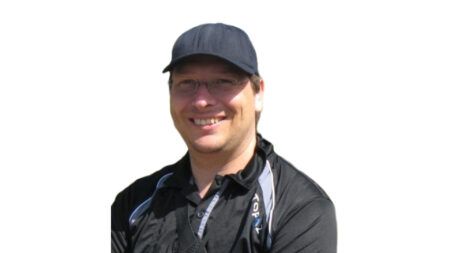Historically, the designers of each generation of aircraft have striven to develop an aeroplane that can do more than was previously possible. Their designs have been able to fly further or faster, to carry more passengers or to let us travel in greater comfort. But the next generation of large aircraft is likely to be the first where the goal is not to fly further and faster, but to deliver a similar capability in a more sustainable way.
The environmental impact of modern lifestyles is a growing concern for many people, and that change in attitude is being translated into government policy, as evidenced by changes by new legislation, such as the UK Government’s commitment to net-zero emissions by 2050. In aviation, goals such as those set in ACARE’s Flightpath 2050 give specific targets for the reduction of CO2 emissions.
Considering the accelerating public and political sentiment in this area, it seems prudent for the industry to treat these goals as a minimum requirement. The question then becomes how to achieve this and which aerospace technologies have the greatest potential to contribute to sustainable aviation.
At the Aerospace Technology Institute (ATI) in the UK we have been modelling existing aircraft for several years and using these models to create tools such as the Fixed Trade Calculator – a way for the aerospace industry to evaluate the effect of their technology development on fuel burn, operating cost and carbon dioxide emissions. We are now building on that capability to predict what the next generation of aircraft might look like and evaluate how their performance could stack up against environmental goals.
Our initial efforts are directed at modelling how conventional tube and wing aircraft might develop, when evolutionary technologies currently under development and likely to be mature enough to enter service around 2035 are incorporated into the design. This is a critical first step in evaluating the potential benefits of more radical technologies. Some assessments make these comparisons relative to existing aircraft, which is likely to give a false impression of the realizable benefit.
Our modelling demonstrates that a relatively conventional single-aisle aircraft could be developed that would deliver 32% lower fuel burn relative to an equivalent aircraft in the year 2000 (which is the baseline date for the ACARE goals). However, the ACARE goals scaled over the same timeframe suggest that we should be looking for a reduction in emissions of more than 50%.
Although this level of fuel efficiency is a substantial improvement on current aircraft, it seems evident that it will not be possible to reach the level of sustainability in aviation to which we aspire without looking beyond the evolutionary technologies and improvements which are currently being developed.
To help position the UK’s aerospace industry for the future, the ATI has created the FlyZero project, which aims to answer some of the key questions on how to realize a zero-carbon emission aircraft by the end of the decade, looking both at potentially disruptive technologies and market opportunities. Projects such as FlyZero are vital, as it is clear that in order to meet sustainability requirements, we will need to innovate further and faster.
Such investment in aerospace technology development will be crucial if we are to meet our goals on sustainability, as will attracting talent to the industry at a time when there is so much opportunity to have an impact.
Naomi joined the ATI as a senior technologist in the Whole Aircraft team in May 2019. She works on whole aircraft modelling and conceptual design and is responsible for developing the models and tools required to support UK industry in research and technology development for large commercial aircraft. Before joining the ATI, Naomi most recently worked in Formula 1 for Mercedes GP developing wind tunnel test capability and optical techniques. Prior to that she worked in experimental and computational aerodynamics for Aircraft Research Association and Stirling Dynamics. Naomi has an MSc from Cranfield University in Aircraft Engineering and a PhD on airflow sensor design from Durham University.





